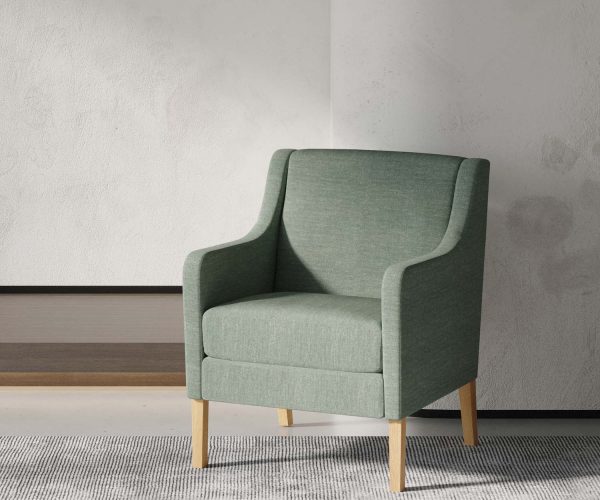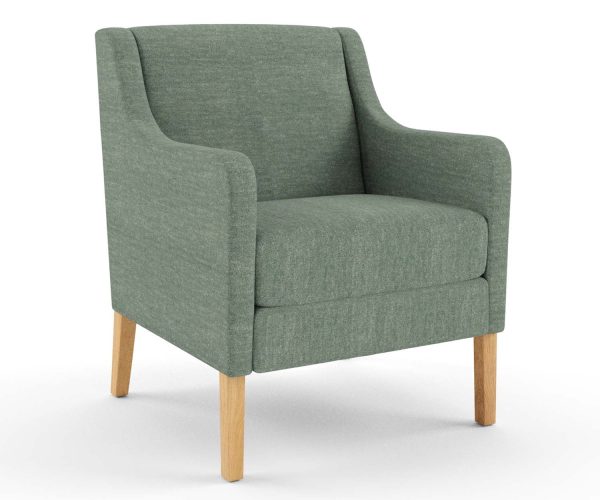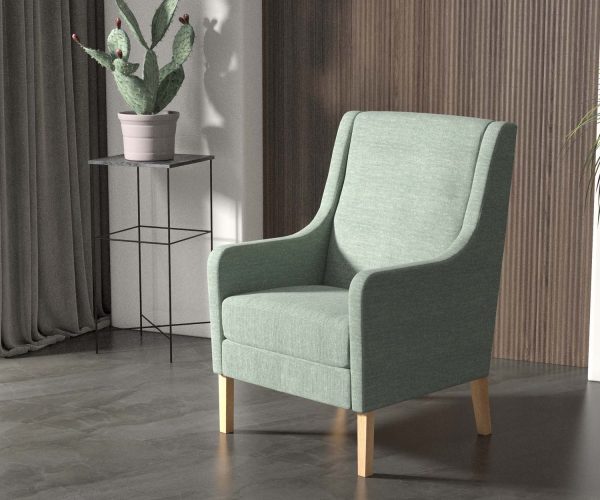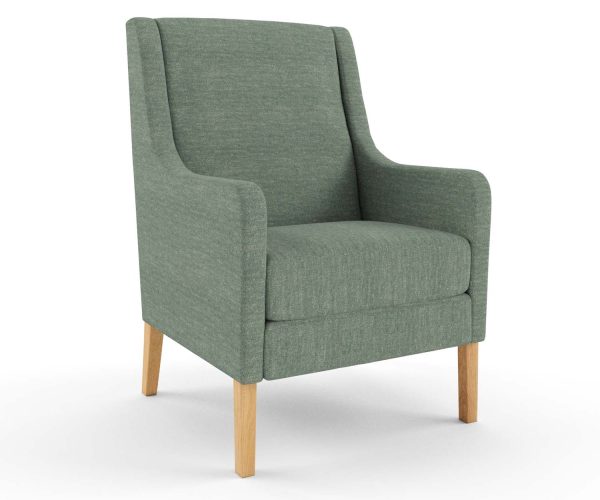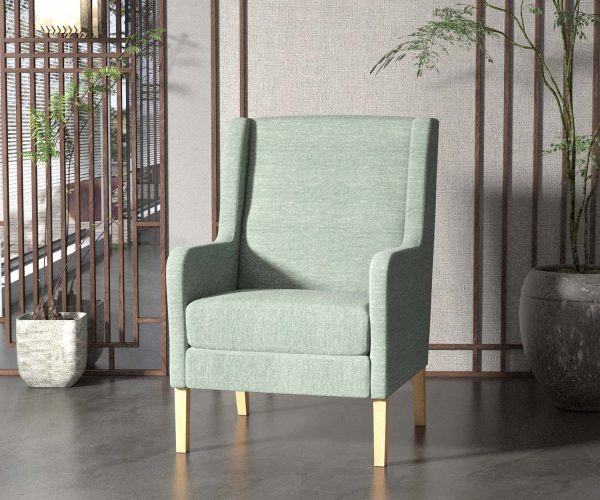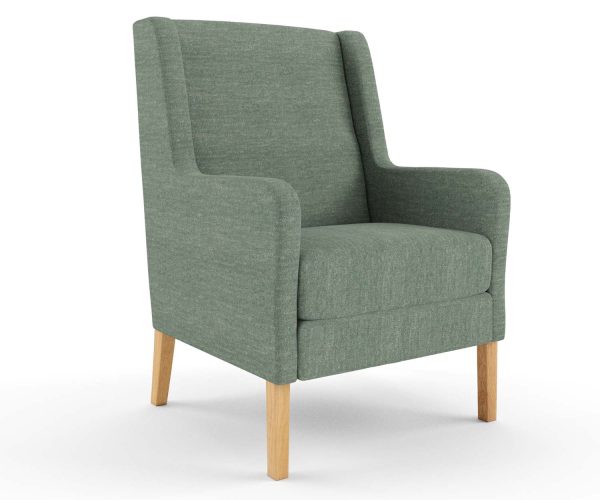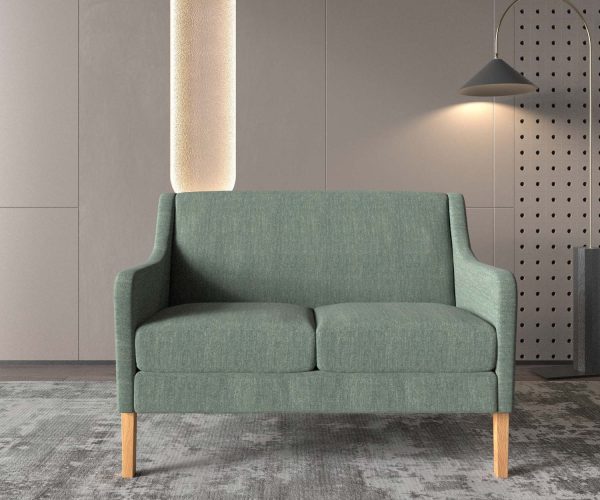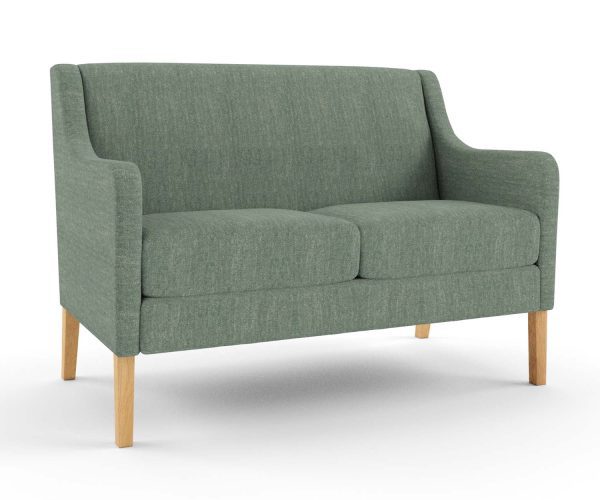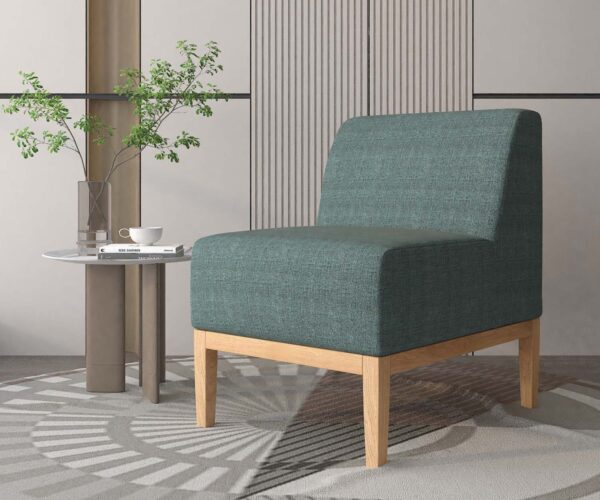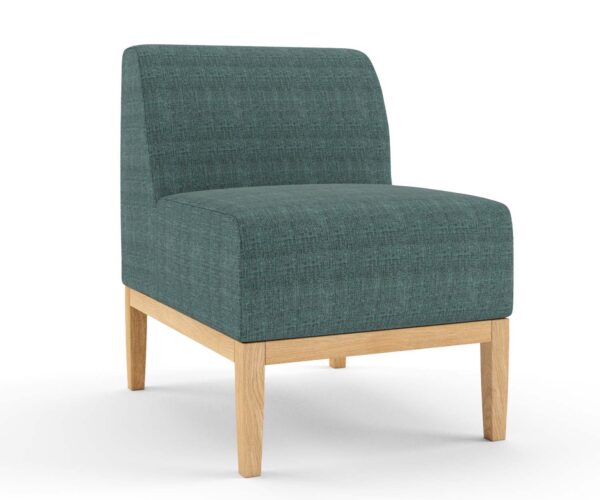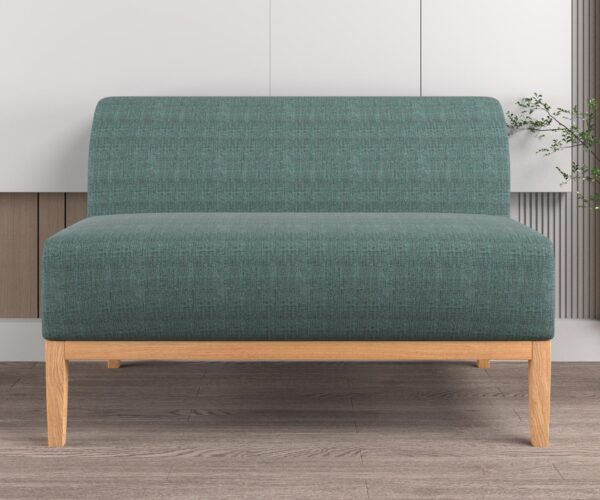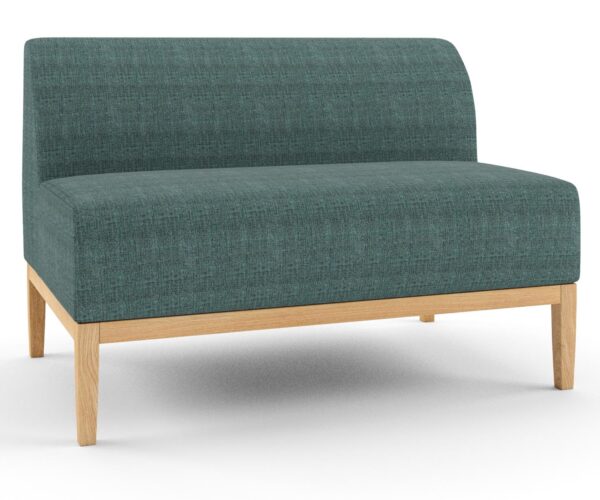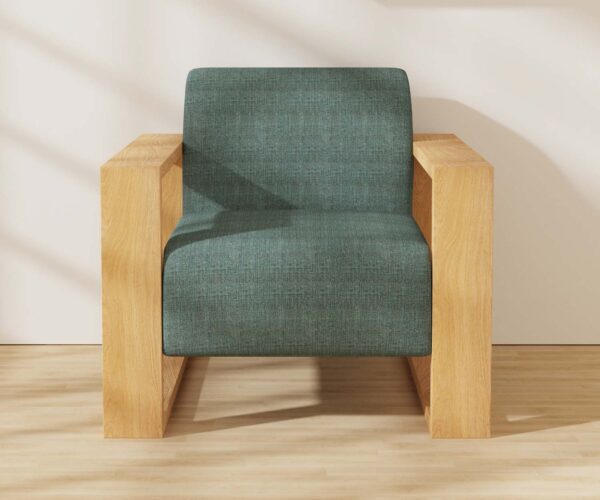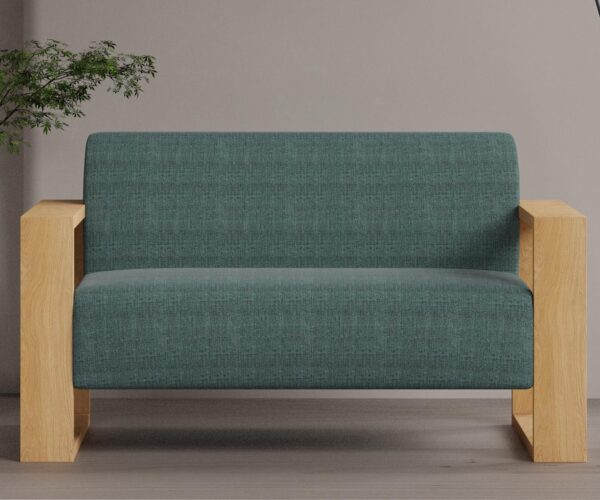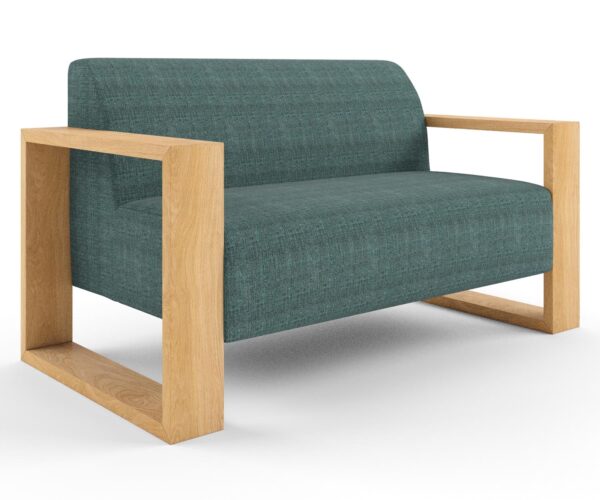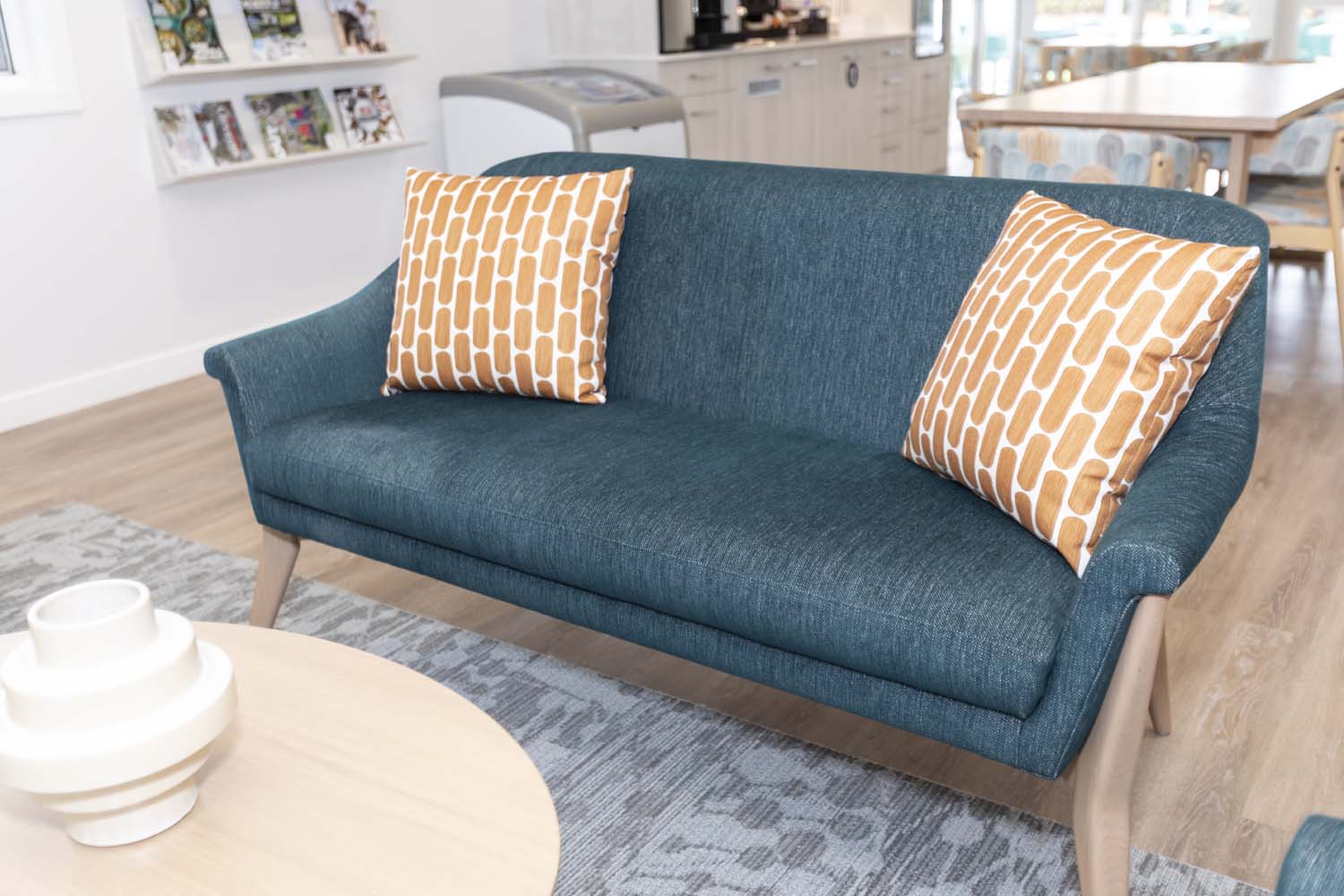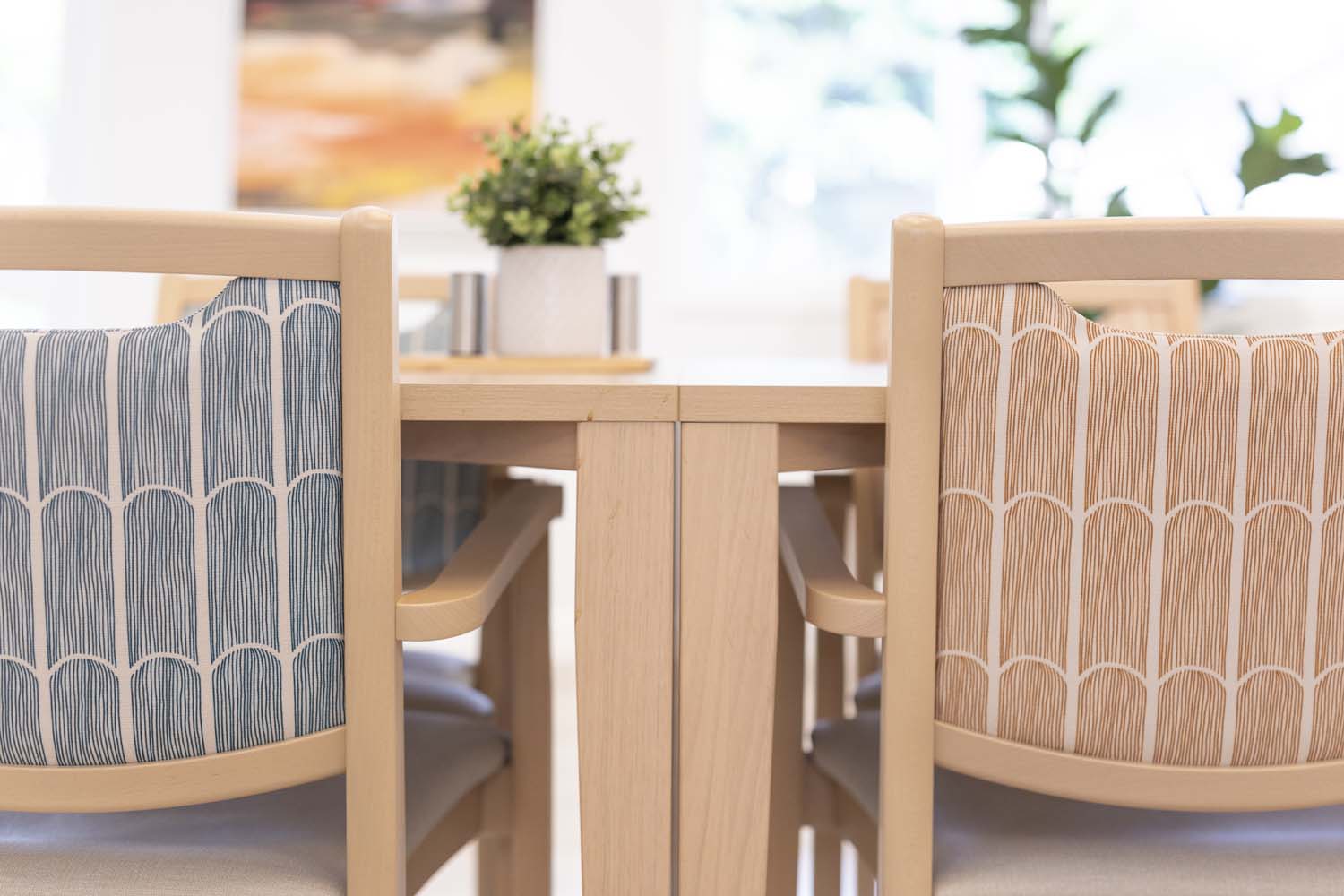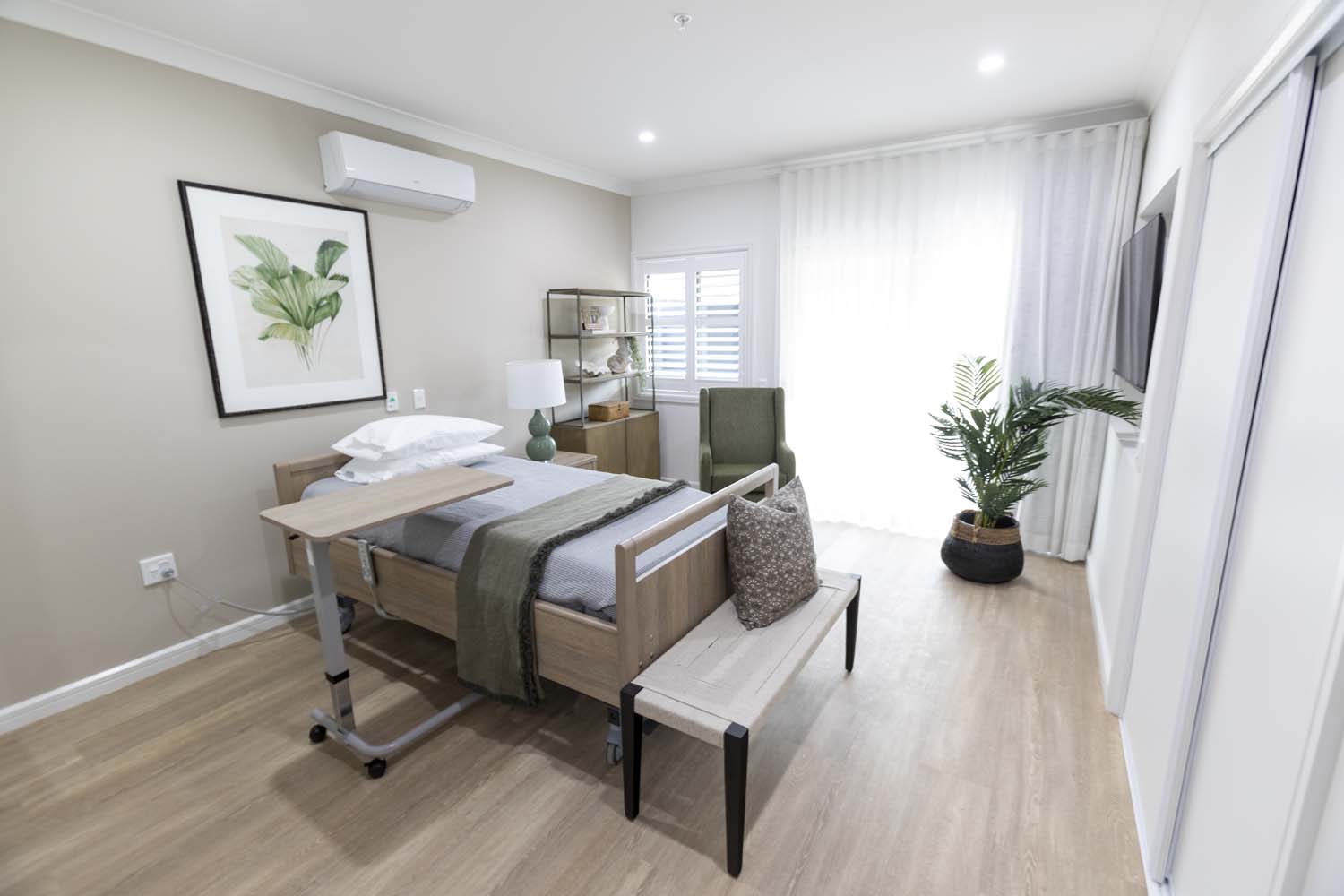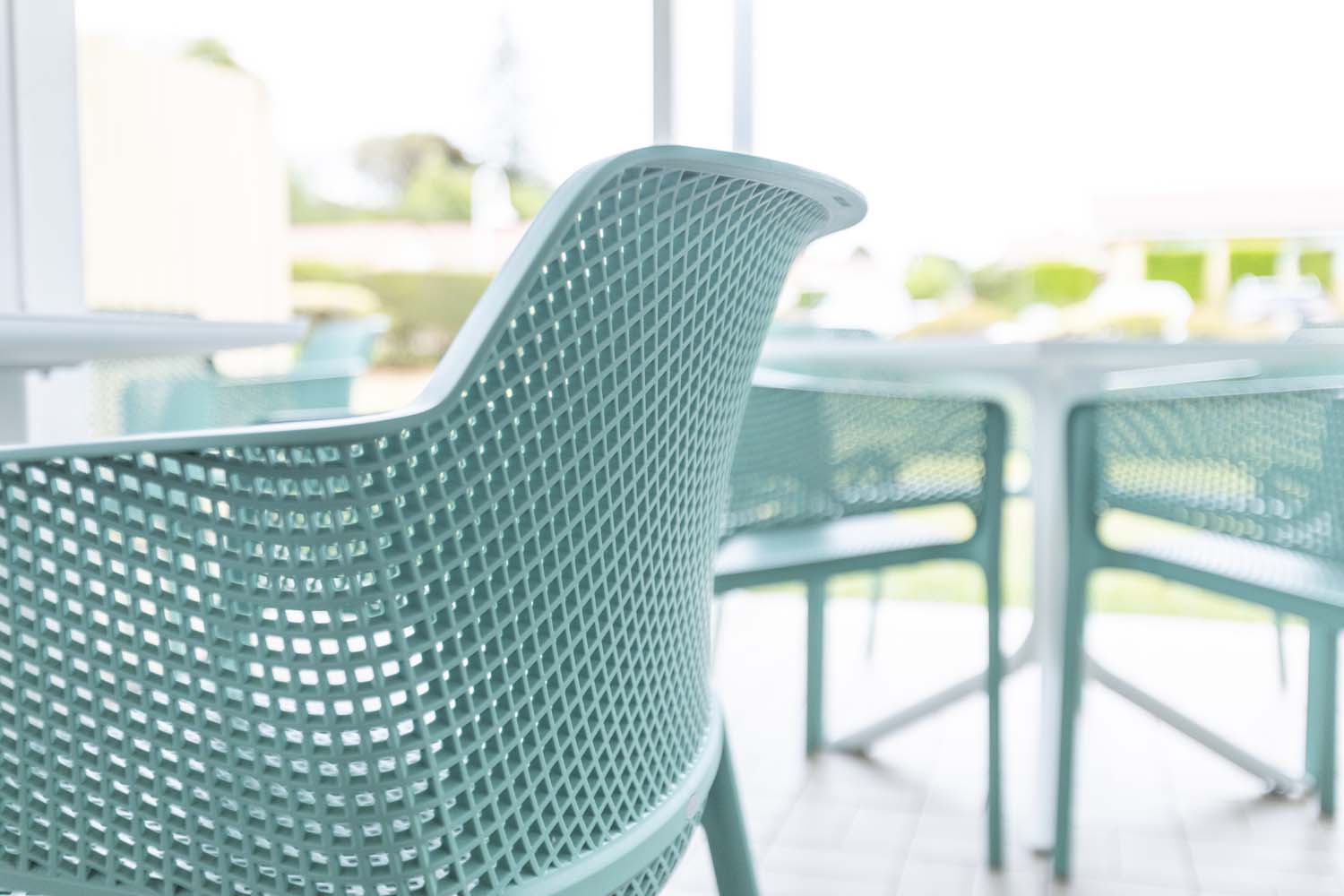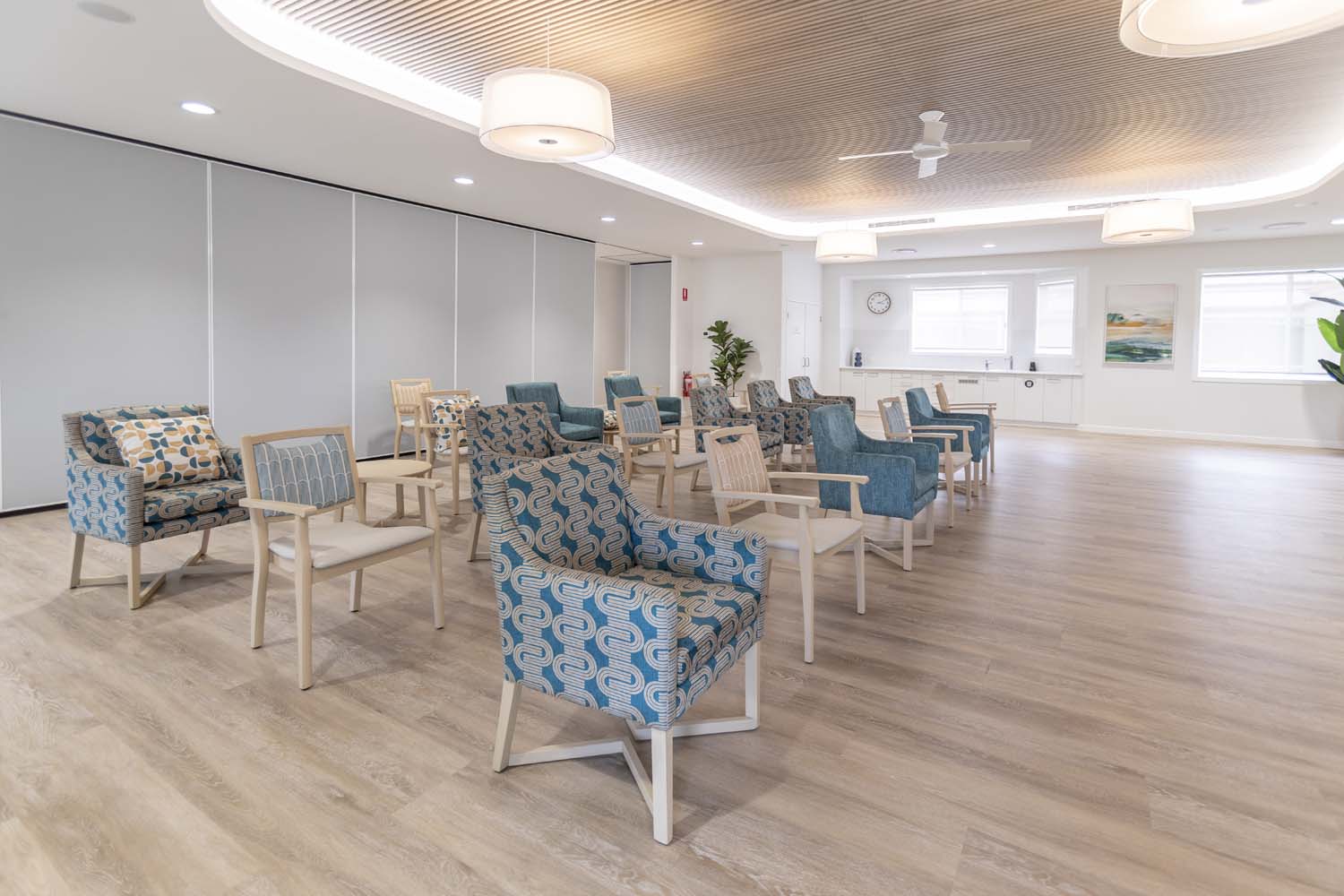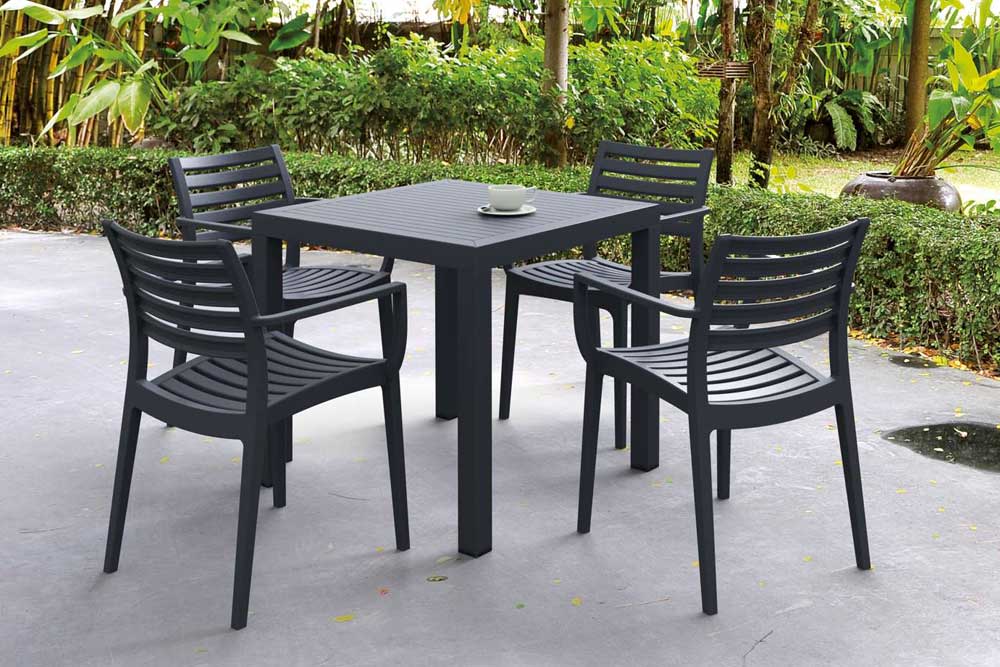Furniture Procurement Under the New Aged Care Act: Why Resident Input Matters

With the new Aged Care Act commencing on 1 July 2025, aged care providers across Australia are reassessing their systems and processes to ensure compliance with a stronger, more person-centred regulatory framework. One area that’s often overlooked—but critically important—is furniture procurement.
Furniture isn’t just about fit-out and function. Under the new Act, it’s also about resident dignity, safety, choice, and participation. Involving residents in furniture selection isn’t just a nice-to-have—it’s increasingly seen as a best practice that aligns with your legislative responsibilities.
Let’s explore why resident input matters and how your procurement process can meet the expectations of the new Act—while also delivering better outcomes for your residents and facility.
Why the New Aged Care Act Shifts the Focus
The new legislation is designed to empower older Australians and put their rights and preferences at the centre of care. This includes ensuring:
-
Choice and control in the services they receive
-
Respectful and dignified treatment
-
Active participation in decisions affecting their care and living environment
Furniture is a significant part of the aged care experience—it directly affects residents’ comfort, mobility, safety, and sense of ownership in their space. Therefore, it’s no surprise that inclusive procurement practices are now viewed as essential to upholding these rights.
The Risks of Excluding Residents
A traditional top-down approach to furniture procurement—where decisions are made solely by managers or designers—can result in:
-
Inappropriate chair designs that don’t accommodate resident needs or mobility levels
-
Upholstery choices that are cold, clinical, or uncomfortable
-
Colours or textures that clash with residents’ sensory or visual sensitivities
-
Lower resident satisfaction, leading to complaints or disengagement
Worse still, failing to consult with residents may be viewed as inconsistent with the Act’s focus on transparency and respect, leaving providers open to reputational and regulatory risks.
Practical Ways to Include Resident Input in Furniture Procurement
Here are some actionable steps Facility and Procurement Managers can take to embed resident participation into the furniture selection process:
1. Invite Residents to View and Trial Sample Furniture
-
Set up a sample room with several chair options, so residents can trial seating that varies in:
-
Seat height and depth
-
Armrest shape and support
-
Backrest style and firmness
-
-
Encourage residents to provide feedback either informally or through a structured form or group discussion.
Tip: FHG Project Consultants can coordinate on-site sample viewings, saving you time and ensuring chairs are fit-for-purpose.
2. Offer Fabric and Finish Swatches for Resident Input
-
Provide swatches of fabric types, colours, and patterns so residents can physically feel and view their options.
-
Involve residents in selecting which fabric goes where—e.g., soft-touch fabric on the armrests, easy-clean vinyl on the seat.
Why it matters: This honours resident autonomy and allows for practical, aesthetic, and sensory preferences to be met.
3. Create a Small Resident Advisory Group
-
Recruit a small group of interested residents to represent the wider cohort and provide feedback on comfort, aesthetics, and function.
-
These groups can meet once or twice during the procurement process and can be a useful tool for transparency and engagement.
4. Consult with Occupational Therapists (OTs) or Physiotherapists
-
Input from allied health professionals, combined with resident feedback, can help ensure chairs support safe transfers, posture, and mobility.
-
Chairs should accommodate residents who use different aids (e.g. walkers, hoists), without sacrificing comfort.
5. Document the Feedback Process
-
Keep a clear record of how residents were consulted and what feedback was considered in the final decisions.
-
This shows accountability and aligns with the Act’s expectation for resident-centred decision-making.
The Long-Term Benefits of Resident-Inclusive Procurement
Investing in inclusive procurement may take a little more time up front, but the benefits are far-reaching:
-
Greater resident satisfaction and sense of ownership
-
Reduced complaints about furniture discomfort or unsuitability
-
Improved longevity of furnishings when selected with real users in mind
-
Stronger compliance with quality and safety standards
-
Demonstrated commitment to upholding residents’ rights under the new Act
How FHG Project Consultants Can Support You
At FHG, our Project Consultants work with aged care providers to facilitate a transparent, resident-inclusive furniture procurement process. We:
-
Provide samples and swatches to trial in your facility
-
Guide the process of collecting and documenting resident feedback
-
Help you balance compliance, comfort, aesthetics, and budget
-
Offer Australian-made furniture with a 10-year structural warranty
We understand that furniture is a long-term investment, and getting it right means involving the people who live with it every day.
Final Thoughts
The new Aged Care Act is more than a policy update—it’s a cultural shift toward greater respect, transparency, and choice for older Australians. Furniture procurement might seem like a small part of the puzzle, but it plays a big role in resident wellbeing and your facility’s compliance story.
By involving residents in meaningful ways, you’re not only fulfilling your obligations—you’re delivering better care.
Need help making your next furniture project resident-inclusive?
Contact FHG to speak with one of our Project Consultants and start the conversation.
Custom Furniture for Residential Aged Care
More News
Furniture Procurement Under the New Aged Care Act: Why Resident Input Matters

With the new Aged Care Act commencing on 1 July 2025, aged care providers across Australia are reassessing their systems and processes to ensure compliance with a stronger, more person-centred regulatory framework. One area that’s often overlooked—but critically important—is furniture procurement.
Furniture isn’t just about fit-out and function. Under the new Act, it’s also about resident dignity, safety, choice, and participation. Involving residents in furniture selection isn’t just a nice-to-have—it’s increasingly seen as a best practice that aligns with your legislative responsibilities.
Let’s explore why resident input matters and how your procurement process can meet the expectations of the new Act—while also delivering better outcomes for your residents and facility.
Why the New Aged Care Act Shifts the Focus
The new legislation is designed to empower older Australians and put their rights and preferences at the centre of care. This includes ensuring:
-
Choice and control in the services they receive
-
Respectful and dignified treatment
-
Active participation in decisions affecting their care and living environment
Furniture is a significant part of the aged care experience—it directly affects residents’ comfort, mobility, safety, and sense of ownership in their space. Therefore, it’s no surprise that inclusive procurement practices are now viewed as essential to upholding these rights.
The Risks of Excluding Residents
A traditional top-down approach to furniture procurement—where decisions are made solely by managers or designers—can result in:
-
Inappropriate chair designs that don’t accommodate resident needs or mobility levels
-
Upholstery choices that are cold, clinical, or uncomfortable
-
Colours or textures that clash with residents’ sensory or visual sensitivities
-
Lower resident satisfaction, leading to complaints or disengagement
Worse still, failing to consult with residents may be viewed as inconsistent with the Act’s focus on transparency and respect, leaving providers open to reputational and regulatory risks.
Practical Ways to Include Resident Input in Furniture Procurement
Here are some actionable steps Facility and Procurement Managers can take to embed resident participation into the furniture selection process:
1. Invite Residents to View and Trial Sample Furniture
-
Set up a sample room with several chair options, so residents can trial seating that varies in:
-
Seat height and depth
-
Armrest shape and support
-
Backrest style and firmness
-
-
Encourage residents to provide feedback either informally or through a structured form or group discussion.
Tip: FHG Project Consultants can coordinate on-site sample viewings, saving you time and ensuring chairs are fit-for-purpose.
2. Offer Fabric and Finish Swatches for Resident Input
-
Provide swatches of fabric types, colours, and patterns so residents can physically feel and view their options.
-
Involve residents in selecting which fabric goes where—e.g., soft-touch fabric on the armrests, easy-clean vinyl on the seat.
Why it matters: This honours resident autonomy and allows for practical, aesthetic, and sensory preferences to be met.
3. Create a Small Resident Advisory Group
-
Recruit a small group of interested residents to represent the wider cohort and provide feedback on comfort, aesthetics, and function.
-
These groups can meet once or twice during the procurement process and can be a useful tool for transparency and engagement.
4. Consult with Occupational Therapists (OTs) or Physiotherapists
-
Input from allied health professionals, combined with resident feedback, can help ensure chairs support safe transfers, posture, and mobility.
-
Chairs should accommodate residents who use different aids (e.g. walkers, hoists), without sacrificing comfort.
5. Document the Feedback Process
-
Keep a clear record of how residents were consulted and what feedback was considered in the final decisions.
-
This shows accountability and aligns with the Act’s expectation for resident-centred decision-making.
The Long-Term Benefits of Resident-Inclusive Procurement
Investing in inclusive procurement may take a little more time up front, but the benefits are far-reaching:
-
Greater resident satisfaction and sense of ownership
-
Reduced complaints about furniture discomfort or unsuitability
-
Improved longevity of furnishings when selected with real users in mind
-
Stronger compliance with quality and safety standards
-
Demonstrated commitment to upholding residents’ rights under the new Act
How FHG Project Consultants Can Support You
At FHG, our Project Consultants work with aged care providers to facilitate a transparent, resident-inclusive furniture procurement process. We:
-
Provide samples and swatches to trial in your facility
-
Guide the process of collecting and documenting resident feedback
-
Help you balance compliance, comfort, aesthetics, and budget
-
Offer Australian-made furniture with a 10-year structural warranty
We understand that furniture is a long-term investment, and getting it right means involving the people who live with it every day.
Final Thoughts
The new Aged Care Act is more than a policy update—it’s a cultural shift toward greater respect, transparency, and choice for older Australians. Furniture procurement might seem like a small part of the puzzle, but it plays a big role in resident wellbeing and your facility’s compliance story.
By involving residents in meaningful ways, you’re not only fulfilling your obligations—you’re delivering better care.
Need help making your next furniture project resident-inclusive?
Contact FHG to speak with one of our Project Consultants and start the conversation.
Custom Furniture for Residential Aged Care
Commercial furniture by room
Based in Brisbane, we’re an Australian manufacturer of aged care furniture, retirement living furniture, hospital & healthcare furniture, hotel & accommodation furniture and student accommodation furniture. We also supply a range of commercial office furniture.
Discover the FHG Look Book: Your Source of Inspiration for Quality Australian-Made Commercial Furniture
- Quality Craftsmanship: See why we’ve been a trusted partner for over 25 years.
- Local Excellence: Learn how our Brisbane team ensures the highest standards.
- Inspiration and Ideas: Find innovative furniture solutions for any environment.
Don’t miss the opportunity to transform your commercial space with FHG’s expertly crafted furniture. Download the FHG Look Book today and start your journey towards exceptional design and quality.

